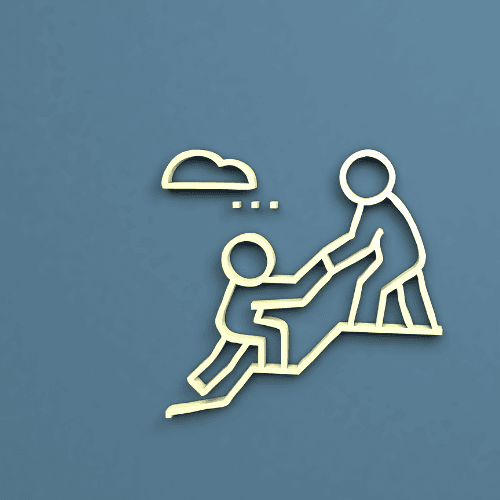Implementing SPC in production is anything but self-evident...
SPC is already well known in the industry, with the first control charts being introduced as early as 1930, but 100 years on, the magic formula for applying SPC correctly has yet to be found. While control charts have their origins in mathematical and statistical concepts, it's the people who make SPC work on a daily basis - and unfortunately, people and mathematics don't always mix!
There's no magic formula for implementing SPC, but there are some mistakes you should avoid if you want to give yourself the best chance of success. Here are the 5 most common mistakes made when implementing SPC.
1. Not involving all staff
SPC is often perceived as an activity reserved for engineers or statisticians, even though they are not the ones who set up the machine on a daily basis. In reality, to be successful, SPC needs to involve everyone, especially operators. To achieve this, they need to be trained and made aware of the concepts of drift and correction. It's not at all necessary to explain formulas for calculating capability or control limits to everyone. The important thing is to understand why you're doing it.
2. Inappropriate measures
One of the most common mistakes made when implementing SPC is not placing enough emphasis on measurement. Indeed, a control chart and the calculation of capability depend above all on accurate and reliable measurements. If this is not the case, any action taken will be based on poor results and will not bring the expected results.
Before implementing an SPC approach, it is important to ensure that measurement processes are repeatable, and to do this nothing beats carrying out the appropriate Gage R&R.
3. How to react
When a control chart is set up, it seems obvious that it must be monitored, and when a drift is detected, the process must be corrected. In reality, this is not always the case. The main reason is that the operator doesn't always know how to react to a drift. So he needs to be given the keys and a standard reaction.
4. Too many control rules
There are too many reaction rules in SPC, x points above the mean, y points alternating etc... If each of these rules is relevant, they all have a flaw - they can happen by pure chance. Admittedly, the probability of a false positive is low 0.3%, but if we superimpose 15 rules of the same type, the probability of a false positive becomes 4.5%. This means that, on average, one reaction rule in 20 will appear for no real reason. It is therefore advisable to limit the number of rules to just 2 or 3.
5. Unsuitable tools
Setting up an SPC is complicated enough. If operators have to learn how to use a new tool, it's a real challenge. To do this, you need use a tool that is both extremely easy to use for operators (no training required) and comprehensive enough for technicians to carry out advanced analyses. We know of one that does the job very well...


